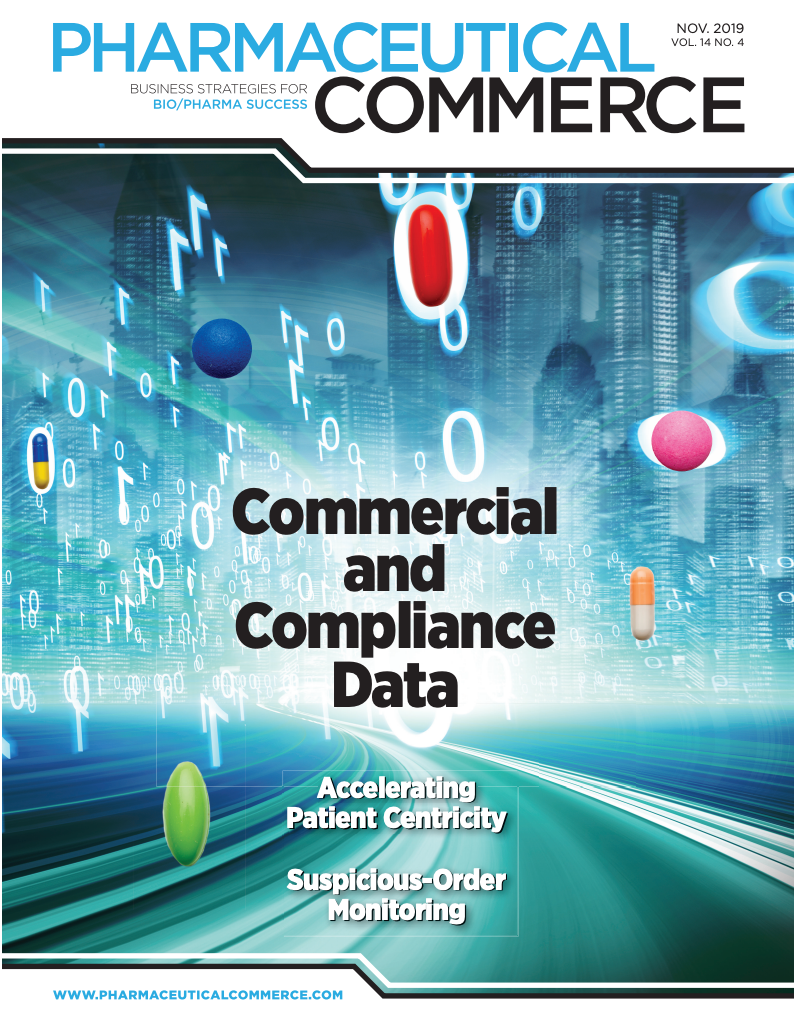New serialization assessment finds better DSCSA readiness
Properly serialized product levels have tripled in the past year
Industry performance in applying valid, readable barcodes on pharma containers—the fundamental step in meeting the requirements of the US Drug Supply Chain Security Act (DSCSA)—has reached levels of 70% or more. That percentage is up from the 20% range found in 2018, according to the GS1 Healthcare US group, a unit of the global GS1 organization. Results were announced at this year’s Pharma Traceability seminar, organized by the Healthcare Distribution Alliance (Washington, DC, Oct. 21-23).
Seventy percent might not sound impressive for a DSCSA requirement that mandated 100% serialization as of November 2018; however, the guidance from FDA allows for grandfathering of product manufactured before the 2018 deadline. While those products have, and will, continue to flow into commercial distribution, the GS1 survey noted that the average expiration date of products this year was 1.6 years, compared to 2.3 years last year. Pharma companies and their contract packagers have invested billions over the past five years to meet DSCSA objectives.
The survey involved analysis of incoming product at the Big 3 US wholesalers, McKesson, AmerisourceBergen and Cardinal Health, as coordinated—and audited—by GS1 Healthcare US. McKesson analyzed a range of products from 477 manufacturers; ABC looked at specialty products from 270 manufacturers; and Cardinal looked at “homogenous” cases (those that contained the same lot of one product) from 177 manufacturers. McKesson found 71% of products were compliant, compared with 20.8% in 2018; ABC, 71.9% compliant (20.4% in 2018); and Cardinal, 78.7% compliant (15.1% in 2018). “Compliance” means readable 2D barcodes (or linear codes in the case of Cardinal) that contain the four essential data elements of DSCSA: serial code, NDC number, expiry and lot number.
A relatively small proportion of products still had unreadable or improperly coded barcodes—something that eventually could cause such products to be rejected from commercial distribution. “After last year’s assessment, we really dug into the data. We started talking with our suppliers, reaching out to understand any issues,” stated Quentin Dittman, director of operations technology at Cardinal. “This understanding was really crucial for us in order to push for the highest level of compliance. Bad barcodes mean bad problems for the supply chain.”
In the 10-year march to full DSCSA compliance by 2023, having all products accurately labeled is essential. Currently, wholesalers are focused on meeting a 2020 deadline (postponed from November 2019) to verify the authenticity of salable return product; retail pharmacies are supposed to be able to record incoming serial data by then as well.
The GS1 report on this year’s testing is available here.
